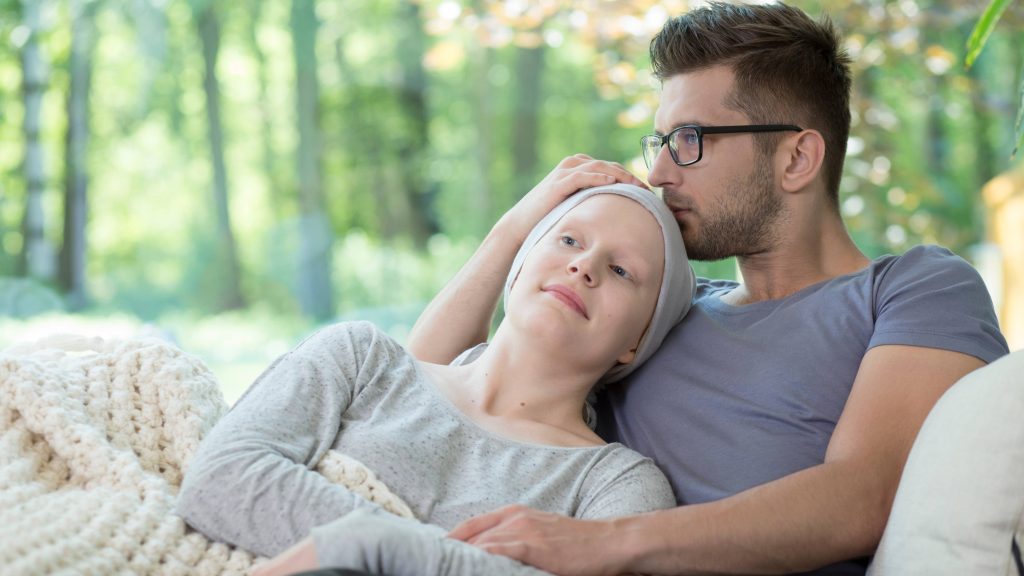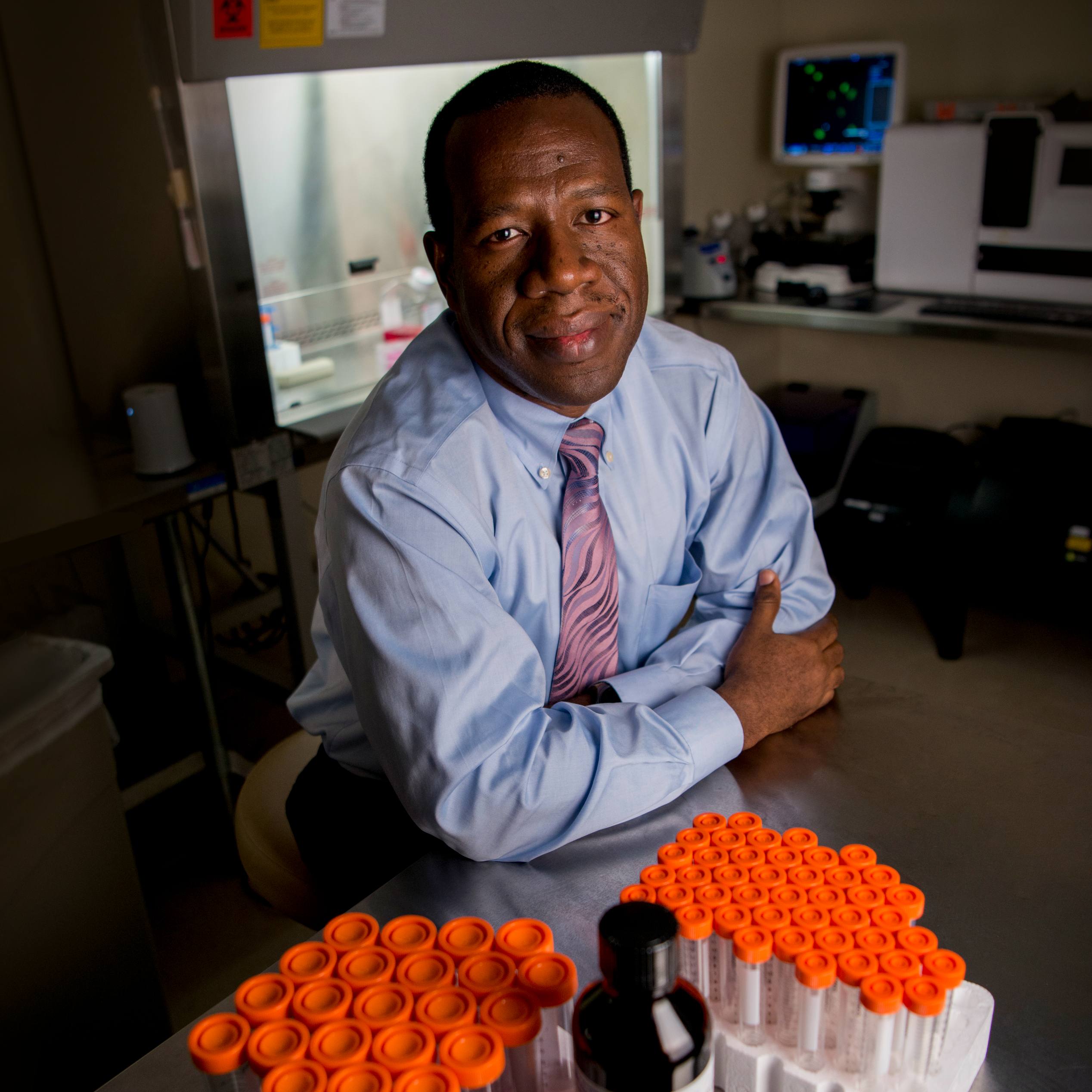-
Connecting with patients who are facing cancer, again

Your cancer is back, and so are the shock and fear that came with your first diagnosis. The uncertainties are back, too, and you wonder about more cancer treatment and about your future.
"It’s extremely difficult to face the fact of recurring cancers. After treatments we try and get away from it all and live our life. Then along comes another CT scan or PET scan and POW, you have to face another cancer. How do we cope? How do we react? What do we do? My reaction was developing PTSD."
- Mayo Clinic Connect member
The distress you feel is normal — some say the second cancer diagnosis can be more distressing than the first.
What is a cancer recurrence?
When cancer returns after a period of remission, it's considered a recurrence. A cancer recurrence happens because, in spite of the best efforts to rid you of your cancer, some cells from your cancer remained.
These cells could be in the same place where your cancer first originated, or they could be in another part of your body. These cancer cells may have been dormant for a period of time, but eventually they continued to multiply, resulting in the reappearance of the cancer.
A cancer recurrence means it's the same cancer coming back after some period of time. In rare cases, you may be diagnosed with a new cancer that's completely unrelated to your first cancer. This is referred to as a second primary cancer.
Where does cancer recur?
Your cancer can recur in the same place it was originally located, or it can migrate to other parts of your body. Recurrence is divided into three categories:
- Local recurrence. This means the cancer reappears in the same place it was first found or very close by. The cancer hasn't spread to the lymph nodes or other parts of the body.
- Regional recurrence. A regional recurrence occurs in the lymph nodes and tissue located in the vicinity of your original cancer.
- Distant recurrence. This refers to cancer that has spread (metastasized) to areas farther away from where your cancer was first located.
Where your cancer recurs depends on your original cancer type and stage. Some cancer types commonly recur in specific areas.
Connect with patients who are facing a cancer recurrence
How are cancer recurrences diagnosed?
Cancer recurrences are diagnosed just like any other cancer. Your health care provider might suspect a cancer recurrence based on certain tests, or you might suspect a recurrence based on your signs and symptoms.
After your last round of treatment, your health care provider probably gave you a schedule of follow-up exams to check for cancer recurrences. You were probably told what signs and symptoms to be alert for that might signal a recurrence.
Watching for a cancer recurrence is often very different from screening for the original cancer. And the goals of the two are different.
For most forms of cancer, a local recurrence may still be curable, so early detection of a local recurrence is very important. For most cancers, a recurrence at a site distant from where the cancer first began means the chance of cure is not good.
All cancers are different, so talk with your health care provider about what type of cancer you have and what can be done if it recurs at a distant site. This can guide what tests you undergo during routine checkups after your initial treatment.
Visit Mayo Clinic Connect, an online community where you can share your experiences and find support from people like you. You can also read Mayo Clinic expert blogs and take part in educational events.
Can cancer recurrences be treated?
In many cases, local and regional recurrences can be cured. Even when a cure isn't possible, treatment may shrink your cancer to slow the cancer's growth. This can relieve pain and other symptoms, and it may help you live longer.
Which treatment you choose, if any, will be based on many of the same factors you considered when deciding on your treatment the first time. Consider what you hope to accomplish and what side effects you're willing to endure. Your health care provider will also take into account what types of treatment you had previously and how your body responded to those treatments.
You might also consider joining a clinical trial, where you may have access to the latest treatments or experimental medications. Talk to your health care provider about clinical trials that are available to you.
How to cope with a cancer recurrence
A cancer recurrence brings back many of the same emotions you felt when you were first diagnosed with cancer. Common emotions include:
- Distress. When you ended treatment for your initial cancer, you slowly started to move on with your life, thinking the cancer was gone. In the weeks, months or years that passed, cancer became less and less a part of your daily life.The shock of having cancer come back after you assumed it was gone can cause distress — sometimes more so than your first diagnosis did.
- Self-doubt. You may doubt the wisdom of your past treatment decisions or the lifestyle choices you made since your last cancer experience. Try not to look backward. Instead, focus on your current situation and what you need to do now to move forward.
- Anger. It's very common and reasonable to be angry that your cancer has returned. You might even be angry with your health care provider for not stopping your cancer the first time. Or you might wonder why you put up with the side effects of your original treatment, just to have the cancer recur anyway. But you and your health care provider made treatment choices based on the information available at that time.Seeking a second opinion may help you to better understand your choices.
- Fatigue. It's normal to feel that you can't deal with cancer again. Whether it's the side effects of treatment you're dreading or having to tell your friends and family that you have cancer, you've done it before.Take heart in the fact that you were able to do it the first time, even though you might have doubted yourself back then.
All of these feelings are normal, and the same coping mechanisms you used during your first cancer diagnosis are likely to work now. Whether it was a best friend, a family member or a support group you turned to, you know that person or group provides good emotional support.
You have other advantages this time around. Rely on these to help you cope. For example:
- You know more now. Knowing more about cancer and your treatment options can help reduce your anxiety. Think about how much you knew about cancer at your first diagnosis. Compare this to what you know now, such as what treatment involves and what side effects to expect.
- You've built relationships. You've worked closely with your health care provider, and you know your way around the hospital or clinic. This can make you feel more comfortable.
- You've done this before. Based on your first experience with cancer, you know what's best for you during this time. Whether you needed some time alone or preferred having someone nearby, you can draw on your experience to plan ahead.
Use these experiences to your advantage. They can help you feel more in control when making decisions about your treatment.
Express your feelings to your health care provider. The conversation that results can give you a better understanding of your situation, and it can help you make treatment decisions.
This article is written by Mayo Clinic staff. Find more health and medical information on mayoclinic.org.







